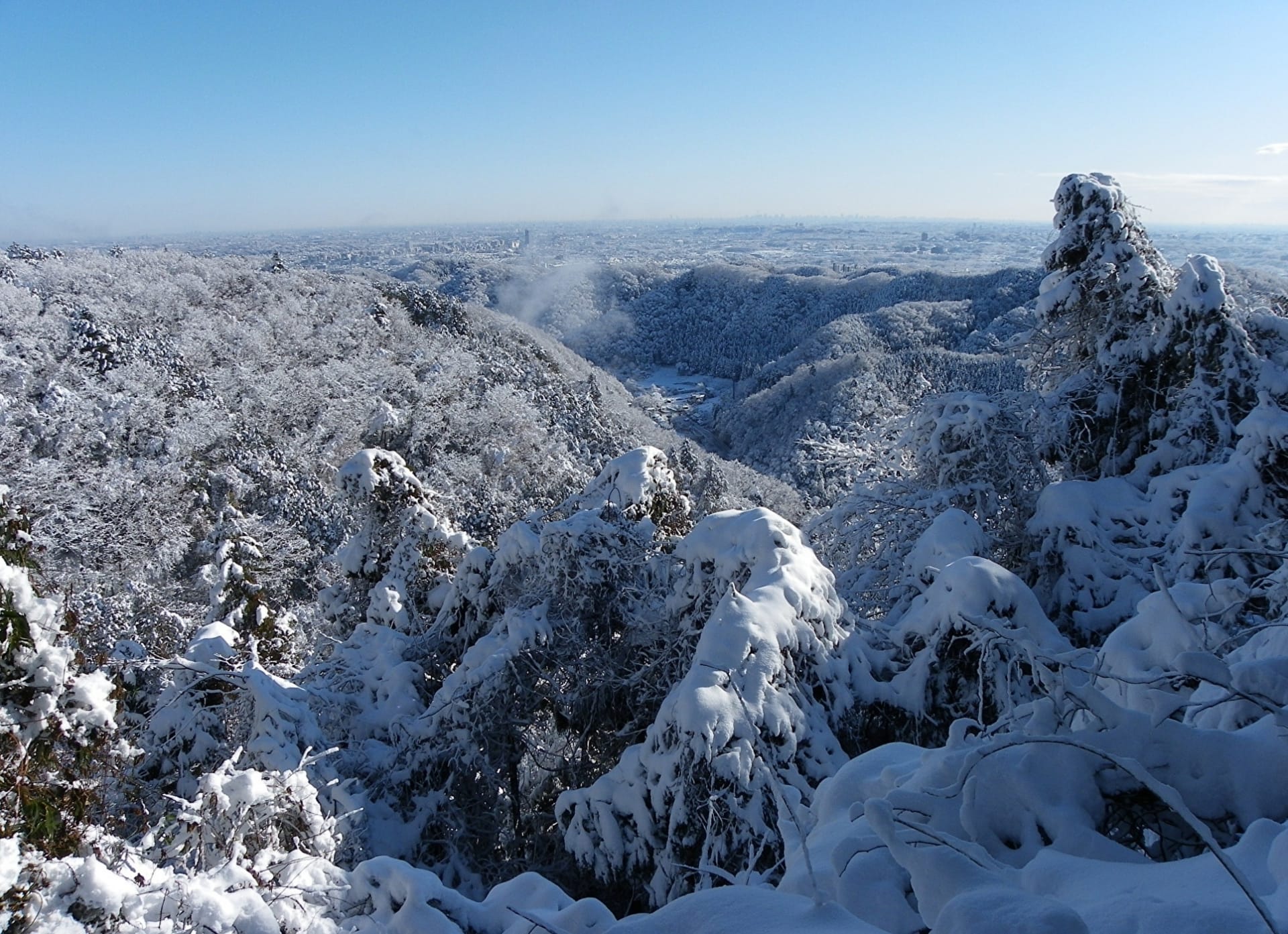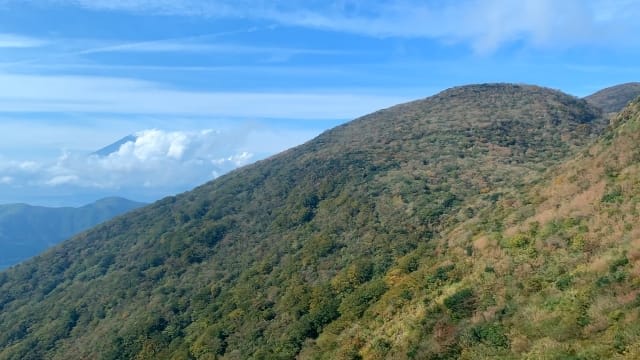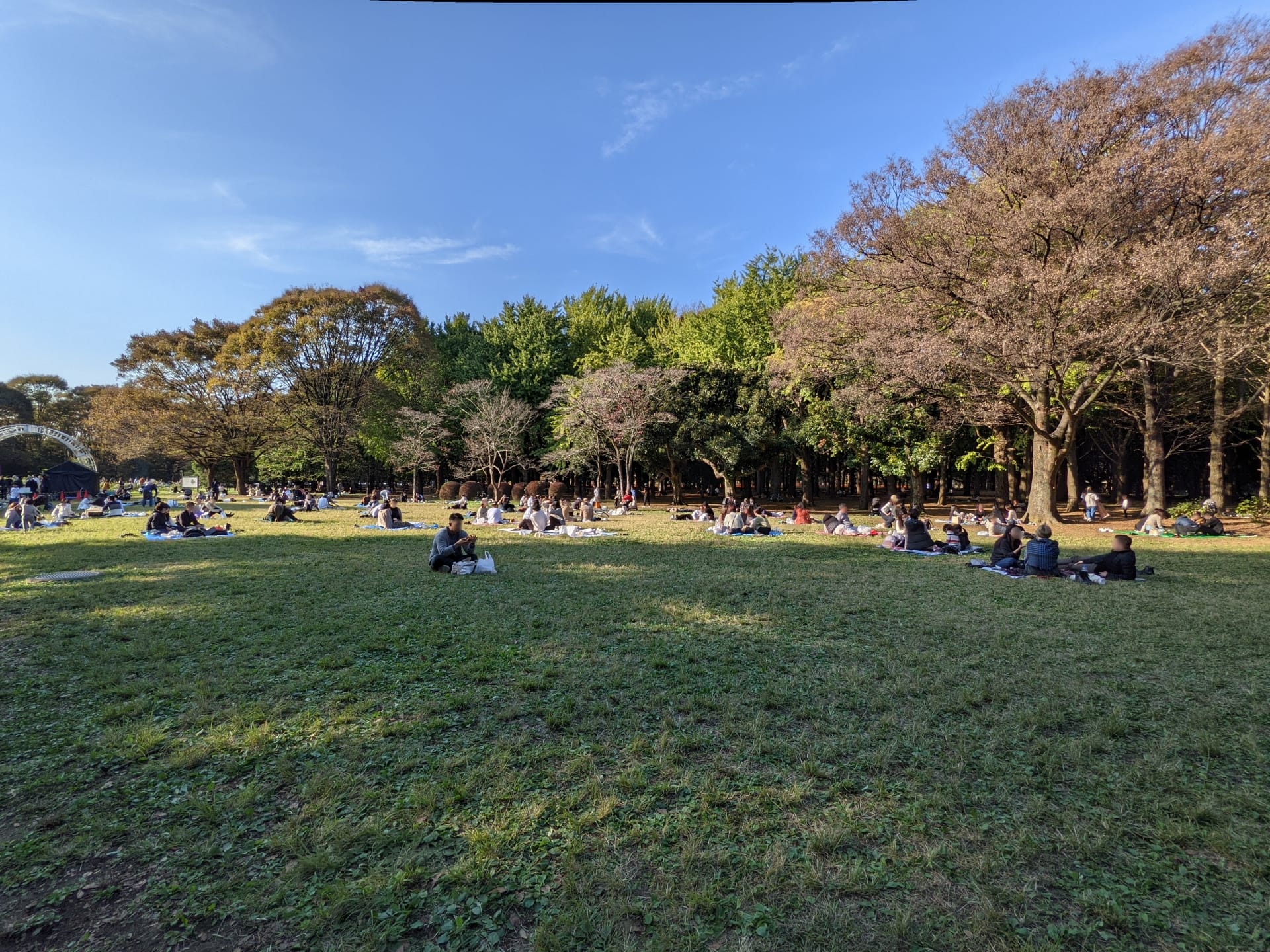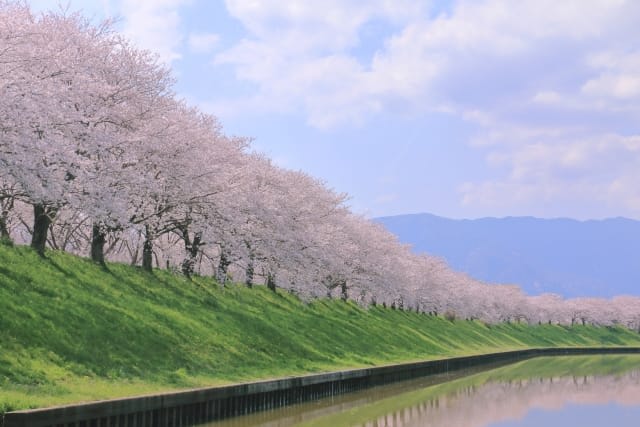The Ultimate Guide to Hiking Near Tokyo 2025: Top 15 Day-Trip Trails for Foreigners w/map
Just 2-3 hours by train from Tokyo, these easily accessible mountains are precious refreshment spots for us Tokyo residents. While popular mountains like Mount Takao and Mount Oyama can get crowded on holidays, on weekdays you can enjoy nature at a leisurely pace away from the hustle and bustle of the city.
Japanese mountains might seem modest compared to those in the West. However, their charm lies in the perfect balance of hiking and Japanese culture, with well-maintained hiking trails, views of Mount Fuji and cityscapes from the summit, hot springs after descending, temple visits, and local cuisine.
In this article, I'll introduce 15 recommended courses near Tokyo, ranging from casual routes for beginners to full-scale traverse routes for advanced hikers. Why not enjoy a short trip from Tokyo, taking advantage of the easy access from the city center?
If you're interested in hiking in Japan, consider adding Mount Fuji to your list of options. The area around Mount Fuji offers magnificent natural scenery, a rich food culture nurtured by nature, and numerous tourist attractions. That's why many people visit the Mount Fuji area for reasons beyond hiking.
Additionally, Magical Trip, which won the #1 spot for all tours on Tripadvisor in 2024, has recently launched the Mount Fuji tours.

The "Mt. Fuji Full-day Nature Guided Tour with a Private Chartered Car & Guide" offers a stress-free experience exploring the Mount Fuji area, complete with private car transportation from Tokyo.
Even if you have limited time to explore the Mount Fuji region, this tour allows you to visit all the must-see spots with detailed guidance from your tour guide.
If you're interested in efficiently experiencing the essential locations while gaining deep insights from a knowledgeable local guide who knows the area inside and out, we highly recommend joining the "Mt. Fuji Full-day Nature Guided Tour with a Private Chartered Car & Guide."
We hope you'll have a wonderful time experiencing everything Mt.Fuji has to offer by joining a Magical Trip tour!
Introduction
Table of Contents
・The Appeal of Hiking Near Tokyo
・Recommended Hiking Spots for Beginners
・Hiking Trails for Intermediate Hikers
・Full-Scale Hiking Courses for Advanced Hikers
・Seasonal Recommended Hiking Spots Near Tokyo
・Frequently Asked Questions About Hiking Near Tokyo
The Appeal of Hiking Near Tokyo
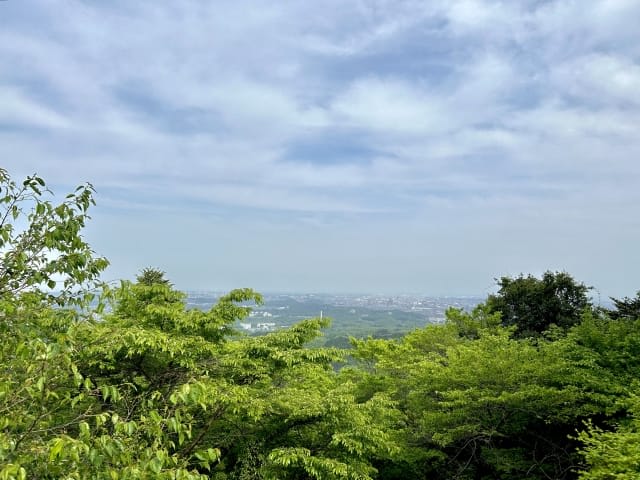
First, I must mention the surprisingly convenient access, just 2-3 hours from the city center. Using trains and buses, it's possible to reach the summit by late morning if you leave early.
Another major attraction is the mountains that show different expressions with each season. You can enjoy different scenery and experiences throughout the year, from fresh greenery and mountain cherry blossoms in spring, cool streams and summer retreats in summer, spectacular autumn foliage in fall, to snow mountain experiences in clear winter air.
Foreign visitors particularly appreciate the well-maintained hiking trails and comprehensive signage. Major hiking trails are regularly maintained, and signposts are written in both Japanese and English, allowing for safe hiking.
Another feature is that you can experience Japanese culture along with mountain walking. Ancient shrines and temples are scattered at the foot of the mountains and near the summits, and after descending, you can enjoy bathing in natural hot springs and tasting local cuisine.
And from many summits and observation decks, you can get a panoramic view of the iconic Mount Fuji and the Tokyo cityscape. Especially in winter, the air is clear, providing chances for spectacular photography. I myself continue to be fascinated by the mountains near Tokyo, which show different expressions with each season and always offer new discoveries no matter how many times I visit.
Recommended Hiking Spots for Beginners
Near Tokyo, there are many mountains that even hiking beginners can enjoy with peace of mind. Many mountains are accessible by cable car or ropeway, allowing even those concerned about their physical fitness to easily enjoy the spectacular views from the summit. Also, with well-maintained hiking trails and ample rest facilities, these spots are recommended for families with children.
Mount Takao (599m)
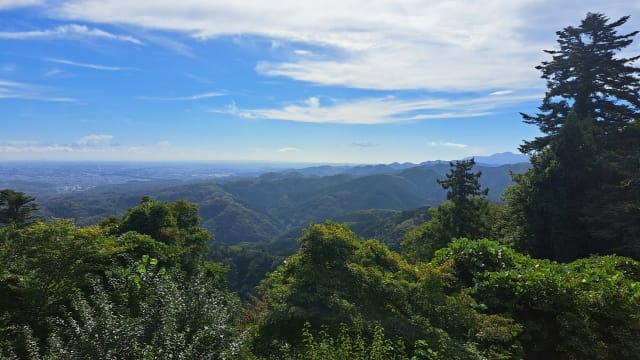
Mount Takao, visited by over 3 million people annually, is the most popular hiking spot in Tokyo.
In addition to convenient access about 1 hour from Shinjuku on the Keio Line, cable cars and lifts are available, allowing even those not confident in their physical fitness to easily reach the summit.
There are 6 hiking courses, each with its own characteristics. Trail 1 is the easiest to walk with a paved road, and along the way is Yakuoin Temple with over 1200 years of history. Here, you can experience Japanese traditional culture by tasting shojin ryori (Buddhist vegetarian cuisine) or receiving a goshuin (temple stamp).
From the summit, on a clear day, you can see Mount Fuji and central Tokyo, which has impressed many foreign tourists. I often guide on weekends, and the beauty is breathtaking, especially during the autumn foliage season.
Access: About 1 hour from Shinjuku on the Keio Line to Takaosanguchi Station. From the station, you can access near the summit using the cable car or lift.
Mount Mitake (929m)
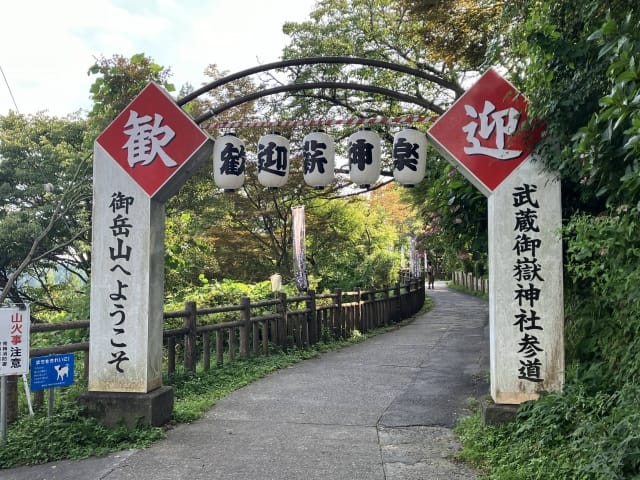
Mount Mitake is a sacred mountain also called the spiritual home of Tokyo residents. Using the cable car, you can easily access up to 929m altitude, and near the summit is the solemn Musashi Mitake Shrine.
What I particularly like are the well-equipped rest areas and observation decks. In summer, you can enjoy a leisurely mountain walk while resting in cool shade.
The walkway to the inner shrine is well-maintained, allowing even mountain walking beginners to stroll safely. Foreign tourists highly appreciate the Japanese-like scenery where shrines and temples harmonize with nature.
Access: Take the Ome Line from Shinjuku to Mitake Station, then access Mount Mitake by cable car from there.
Mount Tsukuba (877m)
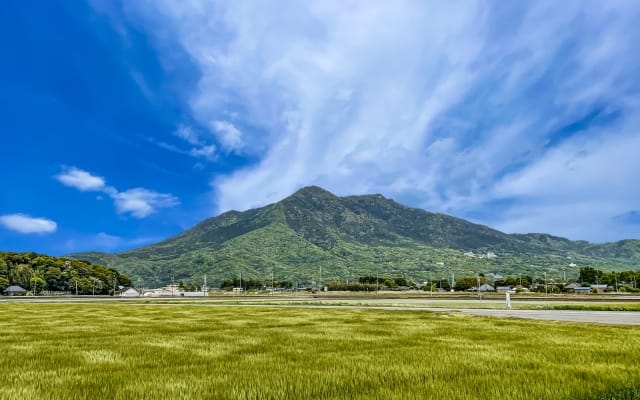
Mount Tsukuba, towering in the eastern Kanto Plain, is a famous mountain long known as "Fuji in the west, Tsukuba in the east." Using the Tsukuba-san Ropeway, you can easily go up near the summit, allowing even beginners to enjoy mountain climbing casually.
Its unique feature is having two peaks, Mt. Nantai and Mt. Nyotai, from which you can enjoy different views. When I guide, I always recommend standing on both summits. Near the summit, there are well-equipped eateries and souvenir shops where you can take a break and relax.
From the observation deck, you can view the entire Kanto Plain. Also, various flowers bloom throughout the year, showing different expressions with each season, such as azaleas in spring, alpine plants in summer, and autumn foliage in fall.
Access: Take the Tsukuba Express to Tsukuba Station, then take a bus bound for Mount Tsukuba to access the Tsutsujigaoka Ropeway station.
Mount Oyama (1,252m)
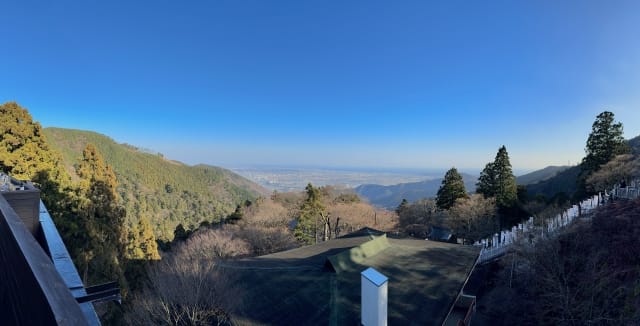
Mount Oyama has been a popular mountain of faith for commoners since the Edo period. Traditional tofu restaurants lining the approach are still crowded with many climbers. I've visited many times, and the tofu kaiseki is one of the pleasures after hiking.
The Omote-sando course for beginners is well-maintained with stone pavements, allowing for safe climbing. If you get tired along the way, you can easily go up to the middle using the cable car. Near the summit, at Oyama Afuri Shrine, you can feel Japanese history along with worship.
On clear days, you can view Sagami Bay and the Tokyo cityscape from the summit, especially spectacular in winter when the air is clear. During the autumn foliage season, the whole mountain is dyed red and yellow, and weekends are crowded with many hikers.
Access: From Isehara Station on the Odakyu Line, take a bus to Oyama Cable Car Station, then access the middle by cable car.
Mount Kintoki (1,212m)
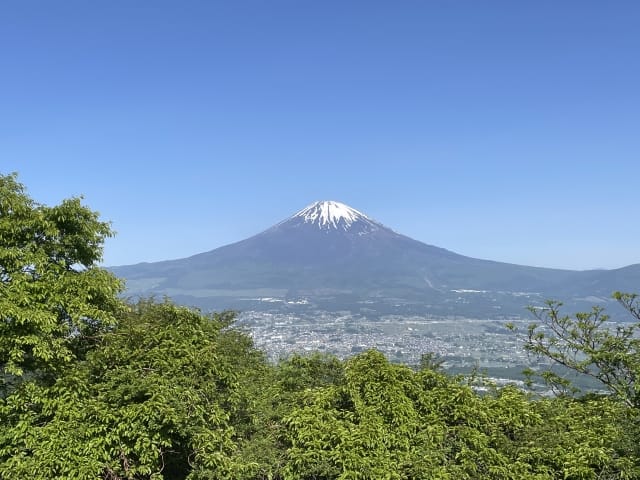
Mount Kintoki, known as one of the Hakone outer rim mountains, is popular as a spectacular viewpoint for Mount Fuji. The view from the summit is breathtaking, and on clear days, you can see Mount Fuji right in front of you. The foreign tourists I've guided are always impressed by this view.
The hiking trail is well-maintained, allowing even beginners to walk safely. There are steep parts, but ropes and stairs are installed, allowing for slow climbing. At the summit, there's a tea house where it's standard to take a break while eating the famous dango. Especially when your body is cold, warm tea and dango are exceptional.
Also, Mount Kintoki is popular as part of a Hakone sightseeing course. After hiking, you can soothe your fatigue in Hakone's hot springs, allowing you to enjoy Japanese nature and culture throughout the day.
Access: From Hakone-Yumoto Station on the Odakyu Line, take a bus to access the Mount Kintoki trailhead.
Hiking Trails for Intermediate Hikers
Near Tokyo, there are also plenty of courses for intermediate hikers that require some physical fitness and experience. These courses offer more authentic mountain walking experiences, allowing you to enjoy majestic nature and varied terrain. Also, compared to popular courses, you can enjoy mountain walking in a relatively quiet environment.
Mount Kawanori (1,363m)
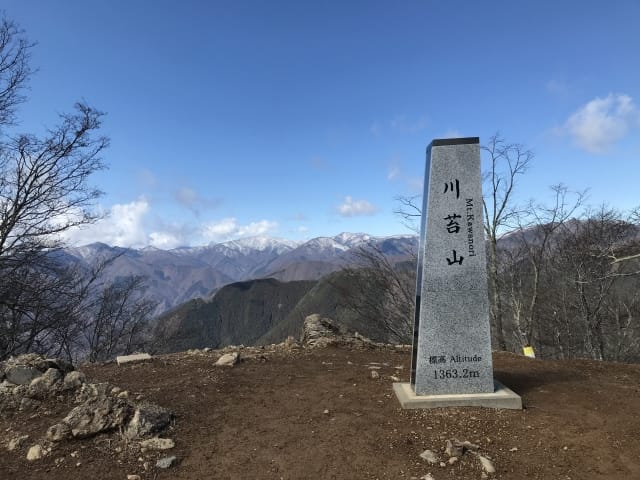
Mount Kawanori, known as a secluded area in Okutama, is notable for its valley beauty up to Hyakuhiro Falls. What I particularly like is the path along the valley where you can feel nature while walking. The sound of waterfalls splashing down makes you forget the hustle and bustle of the city.
It's also popular among birdwatchers, with many bird enthusiasts visiting from spring to summer.
It's ideal for intermediate rock climbing training, allowing you to safely hone your skills. From the summit, you can view Lake Okutama and the surrounding mountains, especially beautiful during the autumn foliage season. It's a recommended course for those who want to experience authentic mountain walking in quiet nature.
Access: From Okutama Station on the JR Ome Line, take a bus to Kawanori Bridge, then use the hiking trail to aim for the summit.
Mount Mitsutoge (1,785m)
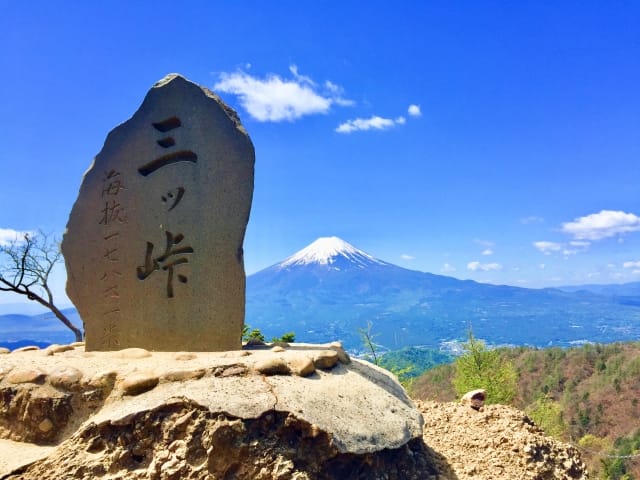
Mount Mitsutoge is famous among photographers as a "Mount Fuji shooting spot." I've been visiting this mountain for over 10 years, but the sight of Mount Fuji showing various expressions depending on the season and weather always captivates my heart.
The charm of this mountain also lies in its varied terrain. The unique landscape created by rocky areas and grasslands provides thrilling mountain walking for intermediate hikers. The view from the rocky areas is especially exceptional, allowing you to feel the majestic Mount Fuji up close.
If you stay at the Kaiun-sanso mountain hut, you can enjoy Mount Fuji dyed in the morning and evening glow. Also, multiple routes of varying difficulty are available, so you can choose a course according to your physical condition and the weather on that day.
After descending, I recommend relaxing in Kawaguchiko Onsen. You can experience Japanese hot spring culture in this hot spring town loved by locals.
Access: From Kofu Station on the JR Chuo Main Line, take a bus to the Mitsutoge trailhead, then use the hiking trail from there.
Mount Odake (1,267m)
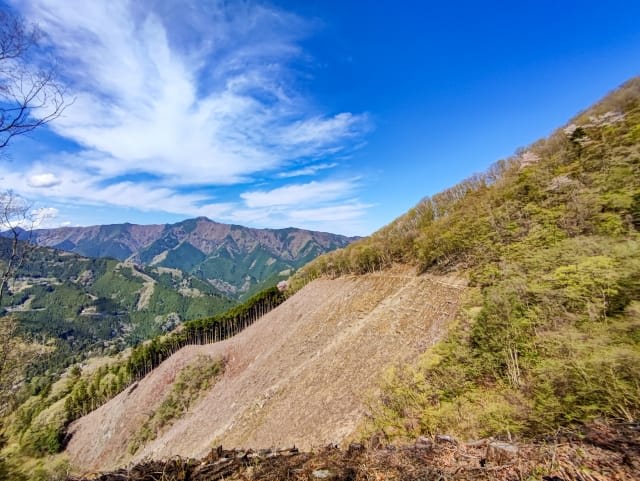
Mount Odake, known as a popular course in Okutama, is attractive for its rich nature. Various mountain plants bloom throughout the seasons, and you can enjoy quiet mountain walking with the chirping of wild birds. I visit every year for mountain plant observation in spring and autumn foliage viewing in fall, and each time I make new discoveries.
The traverse route from Mount Mitake is popular among intermediate hikers. It has an appropriate amount of exercise and moderate technical difficulty, allowing you to experience fulfilling mountain walking. From the summit, you can view the mountain range of Okutama, and on clear days, you can see Mount Fuji.
After descending, you can enjoy stream fishing in Mitake Gorge. In summer, it's crowded with people enjoying fishing in the cool stream. There are also many hot spring facilities in the surrounding area where you can soothe the fatigue of mountain walking.
Access: From Mitake Station on the JR Ome Line, take a bus to the Mount Odake trailhead, then use the hiking trail from there.
Mount Jinba (855m)
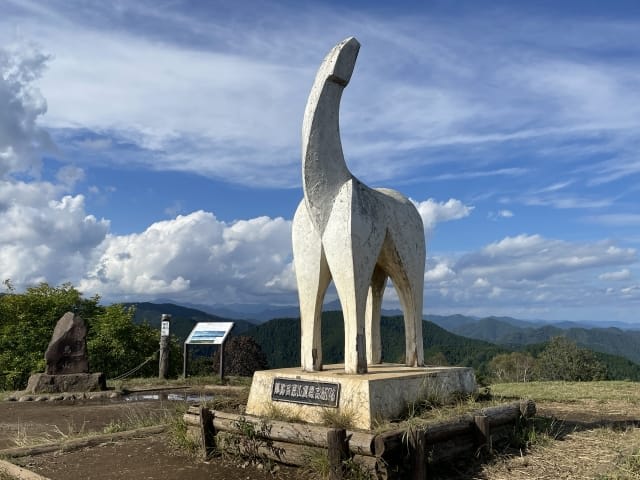
Mount Jinba is popular as a traverse course from Mount Takao, and it's a mountain I often visit and have a strong attachment to. The pleasant hiking trail through bright forest is ideal for intermediate hikers' physical training. Especially during the fresh greenery of spring and autumn foliage, the sunlight filtering through the trees is beautiful and fascinates many hikers.
The view from the summit is wonderful, allowing a 360-degree view of the mountains in the Kanto region. On clear days, you can see from Mount Fuji to the Tanzawa mountain range and the mountains of Okutama. Also, you can enjoy the famous soba at the teahouse on the summit. Eating warm soba while looking at the scenery below is a luxury unique to this mountain.
With a moderate difficulty level enjoyable for beginners to intermediates and good access from the city center, it's one of the reasons for increasing repeat visitors. It's also a point that you can enjoy quieter mountain walking compared to Mount Takao.
Access: From Fujino Station on the JR Chuo Main Line, take a bus to Jinba Kogen-shita, then use the hiking trail from there.
Mount Nokogiri (329m)
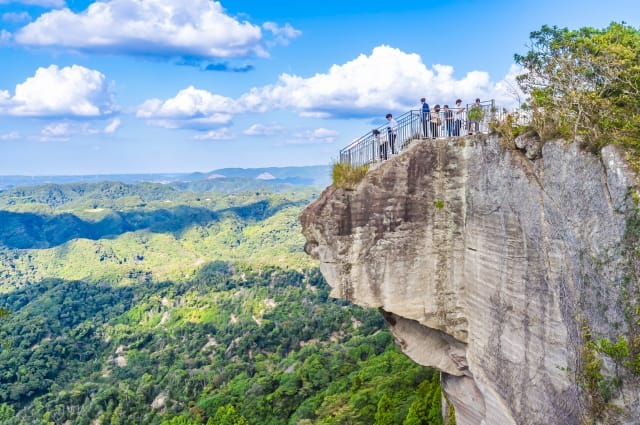
Mount Nokogiri, known as a scenic spot in Chiba Prefecture, is characterized by its unique mountain shape resembling saw teeth, as its name suggests.
The main attraction is the observation deck "Jigoku-nozoki" (Hell's view) created on a sheer cliff. The thrilling experience of looking down directly at Tokyo Bay leaves a strong impression on visitors.
Inside the mountain is Nihon-ji Temple, and the group of giant stone Buddhas is overwhelming. The 31-meter-tall Great Buddha boasts the largest size in the Kanto region. When I guide, I introduce the uniquely Japanese scenery where Buddhist culture harmonizes with nature, interspersed with historical commentary.
While you can easily access the summit using the ropeway, walking the hiking trail allows you to fully enjoy the rich nature of the Boso Peninsula. A great panorama spreads from Tokyo Bay to Mount Fuji from the observation deck, especially spectacular on clear winter days. While the hiking difficulty itself is relatively low, it takes some time to access, so a plan with ample time is necessary.
Access: From Hama-Kanaya Station on the JR Uchibo Line, walk to the Mount Nokogiri Ropeway station and use the ropeway to access the summit.
Full-Scale Hiking Courses for Advanced Hikers
Near Tokyo, there are also courses for advanced hikers seeking authentic mountain experiences. These courses require proper equipment, experience, and reliable physical fitness.
However, the sense of achievement is that much greater, providing valuable opportunities to enjoy full-scale mountaineering on a day trip from the city center. I've experienced many moving moments on these mountains as well.
Mount Kumotori (2,017m)
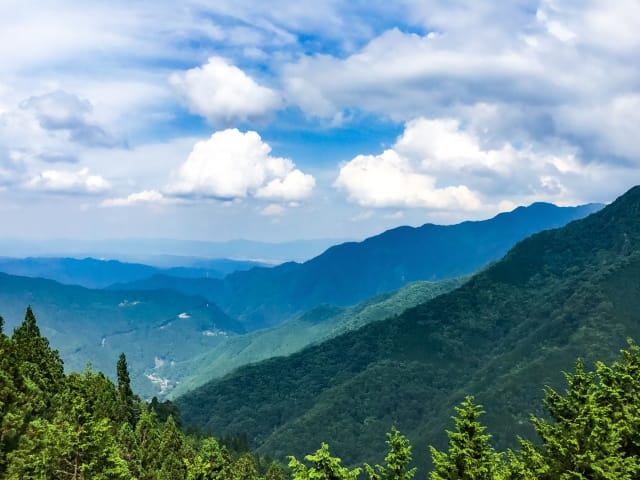
Mount Kumotori, the highest peak in Tokyo, is popular as a mountain where you can experience full-scale traverse hiking. From the summit over 2,000 meters, on a fine day, you can enjoy the spectacular view of Mount Fuji towering above the sea of clouds. What I like best is the sunrise from the summit in the early morning. The sight of the sea of clouds dyed by the morning sun is indescribably beautiful.
Staying at Kumotori-sanso mountain hut is a special experience for many hikers. At night, a sky full of stars spreads out, and you can observe the Milky Way that you can never see in the city. Also, on the route walking through the primeval forest, there are colonies of alpine plants, and you can observe various flowers depending on the season.
It's also known as part of the Okutama Three Mountains traverse course, allowing you to enjoy full-scale mountain walking for advanced hikers. However, as the weather changes are severe, accompaniment by experienced hikers and sufficient equipment are necessary.
Access: From Okutama Station on the JR Chuo Main Line, take a bus to Kamosawa, then use the hiking trail to aim for Mount Kumotori. Staying at Kumotori-sanso mountain hut is also possible.
Mount Hiru (1,673m)
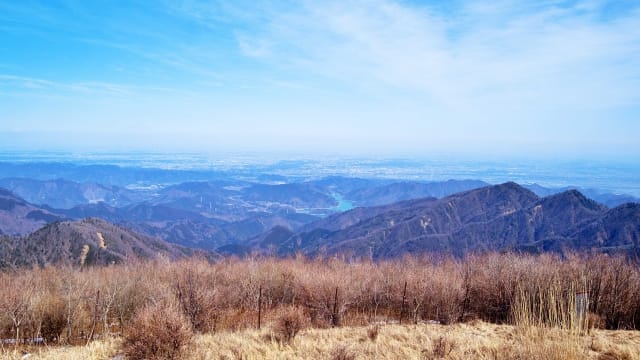
Mount Hiru, the highest peak in Tanzawa, provides a full-scale mountain experience for advanced hikers. A 360-degree panorama spreads from the summit, allowing you to view from Mount Fuji to the Southern Alps and the mountains of Okuchichibu. From my experience of guiding this mountain for over 10 years, I can say that the view in the clear air of winter is especially exceptional.
The route requiring careful footing selection on rocky areas provides a good opportunity to test the skills of experienced hikers. Also, the valley in the headwater area with clear water flowing is a popular spot for summer trekking. You can feel the coolness of nature throughout your body while walking along the stream.
In this mountain area, you can expect encounters with wild animals such as wild boars and deer. However, it's important to maintain a safe distance from wildlife. The scenery rich in changes enjoyable throughout the year is also attractive, showing different expressions with each season, such as fresh greenery in spring, summer retreat, autumn foliage, and solemn mountain appearance in winter.
Access: From Gotemba Station on the JR Gotemba Line, take a bus to the Tanzawa trailhead, then use the hiking trail from there.
Mount Ryokami (1,723m)
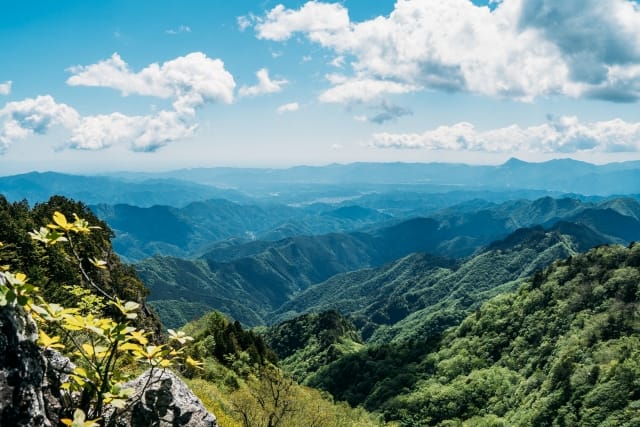
Mount Ryokami is known as a mountain where you can enjoy one of the best rock ridge trekking in the Kanto region. The continuous powerful rocky areas and chains excite advanced hikers. Honestly, I feel that safety precautions are necessary at these technical difficulties. However, the sense of achievement is that much greater, and it's also a mountain with many repeat visitors.
The traditional hiking trail from Shimizu-dera Temple makes you feel the history of ancient mountain worship. A panorama of the Chichibu mountain range spreads from the summit, and on clear days, you can see as far as Mount Fuji.
Mount Ryokami is especially spectacular during the autumn foliage season. The rock ridge traverse that progresses through trees dyed red and yellow is one of the sceneries that many mountaineers aspire to. However, solid experience on rocky areas and proper equipment are essential.
Access: From Seibu-Chichibu Station on the Seibu Chichibu Line, take a bus to the Mount Ryokami trailhead, then use the hiking trail from there.
Mount Daibosatsu (2,057m)
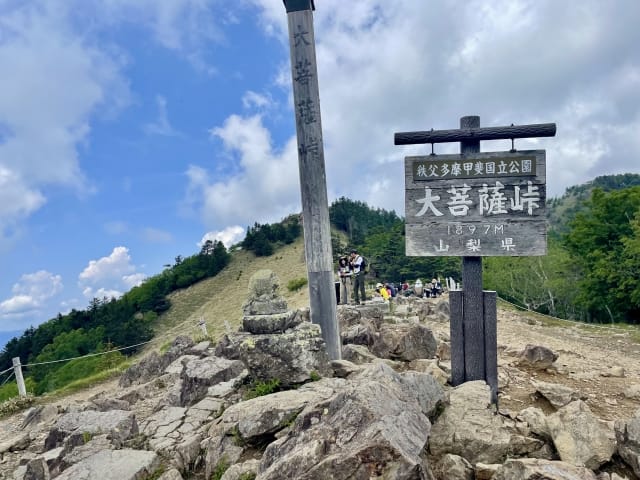
Mount Daibosatsu, counted as one of Japan's 100 Famous Mountains, is a mountain with relatively well-maintained hiking trails despite being for advanced hikers. The route from Kamihikawa Pass is a historic hiking trail with a long history, giving a sense of tracing the footsteps of ancient travelers. I've visited this mountain in different seasons, and each time I make new discoveries.
The mountain hut standing at Daibosatsu Pass is a historic facility with a long history. If you stay overnight here, you can head to the summit before dawn and enjoy the great view of Mount Fuji and the Southern Alps spreading with the sunrise. The view on a clear day is truly worthy of being called spectacular.
It's also known as a treasure trove of alpine plants, with various flowers blooming from spring to autumn. However, these plants are precious natural resources, and while photography is allowed, collection is strictly prohibited.
Access: From Enzan Station on the JR Chuo Main Line, take a bus to Kamihikawa Pass, then use the well-maintained hiking trail from there.
Yatsugatake Mountains
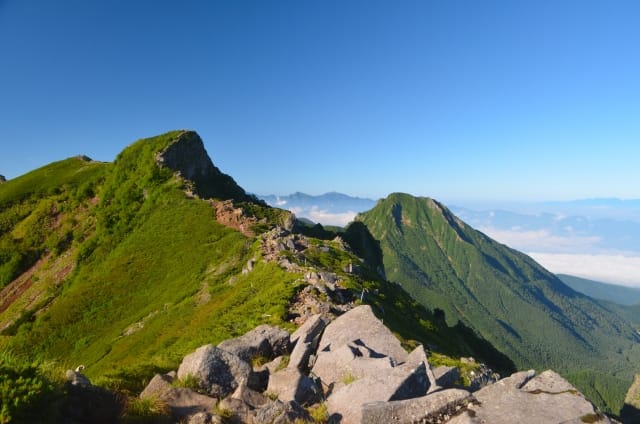
The Yatsugatake Mountains are a mountain range where you can enjoy full-scale traverse hiking over multiple days. Among them, the rock ridge from Mount Akadake to Mount Yokodake is one of the most authentic mountaineering experiences near the Kanto region. From my experience, I can say that this is a course that should be approached with ample margin in weather and physical strength.
Stargazing while staying at a mountain hut is an experience unique to Yatsugatake. The starry sky you see from a place over 2,000 meters above sea level is a moving sight that you can never see in the city. It's also known as a treasure trove of alpine plants and wildlife, and if you're lucky, you might encounter ptarmigans or Japanese serows.
However, the weather in this mountain range changes rapidly, and the temperature can drop significantly even in summer. Therefore, cold weather gear and rain gear are essential equipment. Even experienced mountaineers should avoid solo hiking and I recommend always moving in groups.
Access: From Chino Station on the JR Chuo Main Line, take a bus to the Yatsugatake trailhead, then use the hiking trail from there. As multiple mountain huts are scattered, traverse hiking with mountain hut stays is possible.
Seasonal Recommended Hiking Spots Near Tokyo
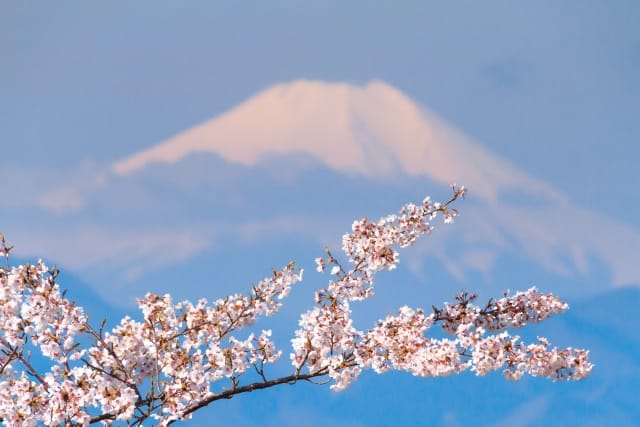
The mountains near Tokyo show different expressions with each season. From my experience of visiting these mountains for over 10 years, I'd like to introduce the highlights for each season.
Spring (March-May) is spectacular with cherry blossoms on Mount Takao. Cherry blossoms color the entire mountain, creating a fantastic atmosphere. On Mount Oyama, hiking through tunnels of fresh greenery is popular. The sunlight filtering through the young leaves soothes tired hearts.
In summer (June-August), I recommend courses along streams in Okutama. Stream walking while feeling the coolness helps you forget the midsummer heat. Mount Mitake is an excellent summer retreat spot, with temperatures at the summit area 5-7 degrees lower than in the city center thanks to its altitude.
Autumn (September-November) offers spectacular autumn foliage views on Mount Jinba. The experience of walking among trees dyed red and yellow is exceptional. Mount Tsukuba is also a popular autumn spot, where you can view the Kanto Plain dyed in autumn colors from the summit.
Winter (December-February) has a high rate of clear days and is the best season for viewing Mount Fuji. Mount Fuji seen from Mount Mitsutoge is particularly beautiful in winter and popular among photography enthusiasts. Also, beginner-friendly snow mountain trekking experiences can be enjoyed in various places.
Throughout the year, there are numerous night view spots. From Mount Takao and Mount Odake, there are spectacular spots where you can view nighttime Tokyo, and night hiking on weekends is also popular.
Frequently Asked Questions About Hiking Near Tokyo
From my years of experience, I've compiled answers to questions I often receive from foreign tourists. I hope you'll refer to these for a safe and enjoyable hiking experience.
What equipment is necessary for hiking?
First, hiking boots or trekking shoes are essential. Sneakers for street walking are insufficient for ankle support and dangerous. Especially on rocky areas and steep descents, solid footwear is important.
I recommend a set of waterproof rainwear top and bottom for rain gear. A folding umbrella is insufficient to cope with sudden weather changes. It often rains unexpectedly in the mountains, and proper rain gear is essential for body temperature management.
Seasonal cold weather gear and a change of clothes are also important. It's cold near the summit, and I recommend bringing layerable clothing to prevent body temperature drop after sweating.
Maps and compasses are essential as backups for smartphones. Since there are often no signals in the mountains and the possibility of battery drain, analog equipment is an important lifeline.
For the first aid kit, carry basic items like band-aids, disinfectant, and bandages. Even small wounds, if left untreated, can potentially become big troubles.
Can beginners enjoy safely?
Yes, with proper preparation and planning, even beginners can enjoy safely. There are many well-maintained mountains like Mount Takao and Mount Mitake, with clear signposts and rest areas installed on these mountains.
From my experience, I recommend climbing with experienced people at first. Or participating in guided tours held in various places is also a good choice.
The most important thing is checking the weather before departure. Mountain weather is changeable, and especially in summer afternoons, you may encounter sudden thunderstorms. On days when the weather forecast shows a possibility of rain or thunder, consider canceling or postponing without pushing yourself.
It's also important to make plans that are not too strenuous for your physical fitness. For beginners, I recommend starting with mountains where cable cars or ropeways can be used, rather than challenging long traverses or technical routes from the beginning.
Also, it's important to always tell someone your destination and schedule before departing. This is a basic rule that even experienced people should always follow as a precaution for emergencies.
Are there hot springs or eateries?
One of the charms of mountains near Tokyo is that you can enjoy hot springs and meals after hiking. Many mountains have hot spring facilities near the summit or after descending, where you can soothe your tired body. Especially the mountains in the Okutama and Hakone areas are known as long-established hot spring areas.
Mountain huts on popular courses often offer seasonal limited meals. For example, you can enjoy shojin ryori (Buddhist vegetarian cuisine) at Yakuoin Temple on Mount Takao, and the famous tofu dishes near the summit of Mount Oyama. However, as the availability of meals at mountain huts may change depending on the season and time, I recommend checking in advance.
Around the nearest stations, local restaurant districts are well-developed, where you can enjoy local cuisine unique to that area. Okutama's river fish dishes and Chichibu's soba noodles are one of the pleasures after descending.
However, I recommend bringing trail food and lunch boxes to be fully prepared. As descent may be delayed due to weather changes, always carry extra food and water.
Hiking near Tokyo is a wonderful opportunity to experience Japanese nature and culture away from the hustle and bustle of the city. There are courses suitable for all levels from beginners to advanced hikers, and the scenery changing with each season is also attractive.
With proper preparation and planning, even foreign visitors can enjoy safely. Also, the abundance of pleasures after descending, such as hot springs and meals, is a characteristic feature.
Please try experiencing Japanese mountain walking during your stay in Tokyo. I sincerely hope for your wonderful hiking experience.
